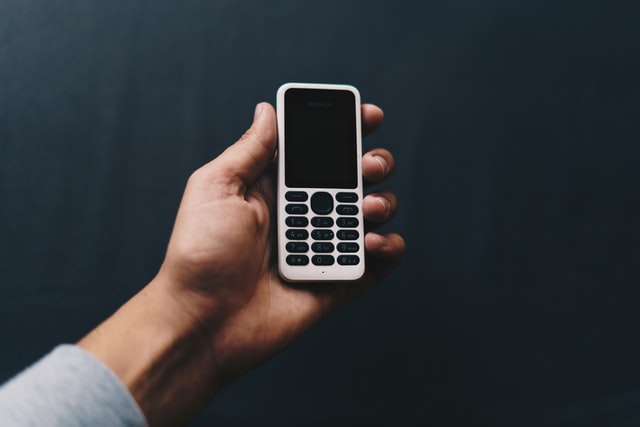Jacqueline A. French, MD
Credit: NYU Langone

According to a recently published study in Neurology, findings showed that nonmotor seizures go undetected two-thirds of the time in pediatric patients who present to the emergency department. The retrospective analysis, comprised of data from the Human Epilepsy Project, included 83 adolescents aged 12 to 18 years old who were neurotypical and were within 4 months of treatment initiation for focal epilepsy. Of these, 58 (70%) presented to an emergency department before the formal diagnosis of epilepsy.
The data revealed that although most ED presentations were for motor seizures (n = 52; 90%), many patients had a history of nonmotor seizures (20 of 52; 38%). Led by Jacqueline A. French, MD, adolescents with initial nonmotor seizures were less likely to present to Eds (26 of 44 [59%] vs 32 of 39 [82%]; P = .002) and nonmotor seizures were less likely to be correctly identified (2 of 6 [33%] vs 42 of 52 [81%]; P = .008). A history of initial nonmotor seizures was not recognized in any adolescent who presented for a first-lifetime motor seizure and, as a result, initiation of treatment and admission from the ED was not more likely for those who met the definition of epilepsy compared with those with no seizure history.
Overall, the study evidence suggests that nonmotor seizures are often undiagnosed, with many individuals coming to attention only after conversion to motor seizures. French, a professor of neurology at NYU Grossman School of Medicine and chief medical officer of the Epilepsy Foundation, provided thoughts on the study, including the nonmotor features that clinicians, both in and out of the ED, should be aware of.
NeurologyLive: What are some of the major nonmotor symptoms clinicians should be on the lookout for? Are there any different presentations that can seem confusing/overlapping?
Jacqueline A. French, MD: Common non-motor symptoms include a feeling of false familiarity (daja vu) or unfamiliarity (jamais vu), a rising sensation in the chest with momentary confusion, or a feeling of unexplained fear. Each of these would last seconds to a minute or so. Family members may see a glassy stare, during which the person does not respond to questions, which may be coupled with repeated swallowing, licking lips, or purposeless restless hand movements. Particularly feeling of fear is often confused with a panic attack.
Were there any specific notable findings that stood out in your study? Anything that may seem out of the ordinary or unusual to the clinician eye.
Yes, the finding that no adolescent was asked about prior episodes in the Emergency Room, while we found in another study that 23% of adults were asked about prior seizures, which is not great, but still better than the adolescents.
Are there ways in which neurology departments/ emergency departments can better recognize signs of epilepsy in children?
As noted in the article, when someone is seen either in the outpatient office or in an ED with a tonic-clonic seizure, they should be specifically asked about the feeling at the start of the seizure or right before it, and whether they have ever felt that feeling before. In other words, have they ever had “short, sudden similar spells” in the past.
Is there any specific ways we can build on this through additional research? Any additional next steps?
Yes, next step is to try a set of pre-determined systematic questions in the ED in people arriving with what appears to be their first tonic-clonic seizure to see how many report prior episodes.












